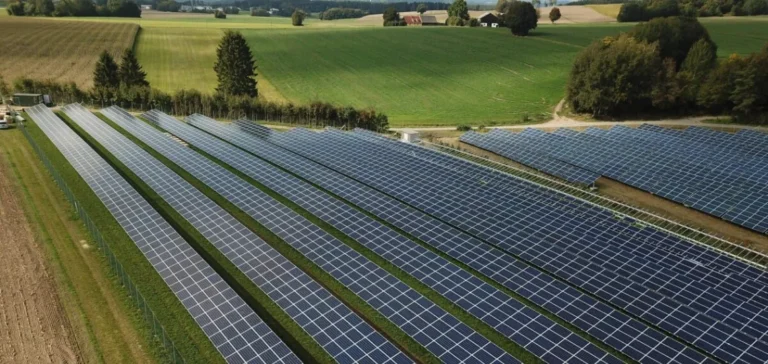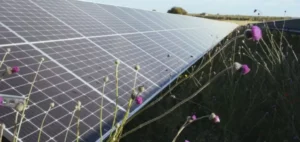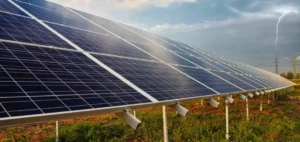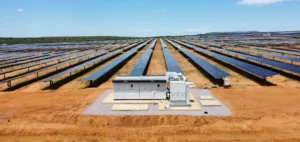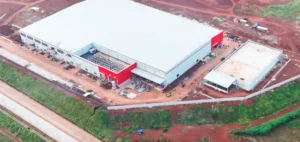A new 13MW solar power plant project will be developed in Tomakomai, Hokkaido Prefecture, Japan. The initiative is the result of a partnership between Tomakomai Port Development Co., Ltd. (TMK), Japan Petroleum Exploration Co., Ltd. (JAPEX), and Development Bank of Japan Inc. (DBJ), through their joint venture Tomakomai TJD Solar GK (TJD). Construction is scheduled to begin in September 2025, with commercial operation expected in August 2028.
A strategic industrial site for the facility
The chosen site for the plant is located within the Akenokita Industrial Complex, owned by TMK. The electricity generated will carry non-fossil value and be supplied to a local manufacturer in the Tomakomai area. According to the project partners, the goal is to combine low-carbon energy supply with the optimisation of existing industrial land use.
TJD will be responsible for designing, developing, and operating the facility. Although no specific financial figures were disclosed, the use of specialised funding mechanisms confirms the strategic importance of the project for the entities involved.
JAPEX expands into solar energy
JAPEX has incorporated renewable energy development into its long-term strategy since publishing its “JAPEX2050: Toward a Carbon-Neutral Society” plan in May 2021. As a company historically focused on oil exploration, this investment reflects a shift towards electricity production less reliant on hydrocarbons.
For TMK, the project complements a series of ongoing initiatives at its port site, particularly in building energy efficiency and low-consumption technology integration. These efforts align with a more efficient use of company-owned land.
Structured financial support from DBJ
Development Bank of Japan Inc. is mobilising its “Green Investment Fund” for this project, an instrument classified among its “Special Investment Operations.” This tool is designed to support projects in line with national carbon neutrality policies. With its historical expertise in energy infrastructure financing, DBJ plays a key role in structuring the project’s financial framework.
The TJD project thus represents a multi-stakeholder collaboration around a targeted energy asset, with a clear aim: to leverage the local industrial fabric in support of non-fossil electricity production.


